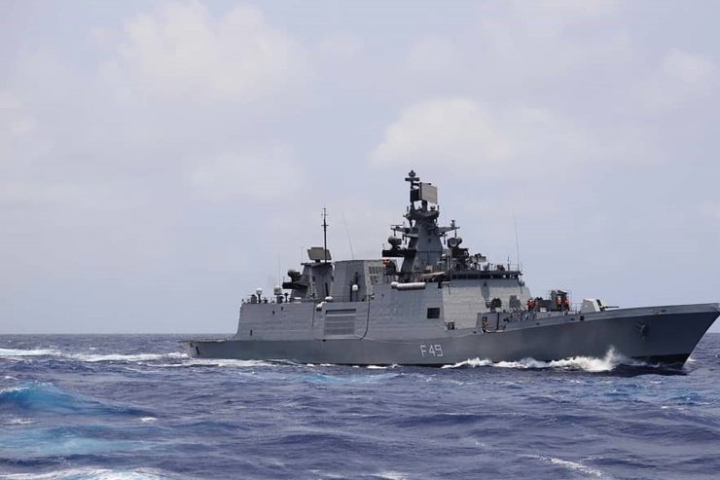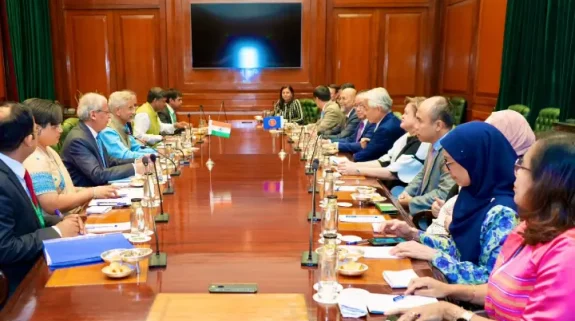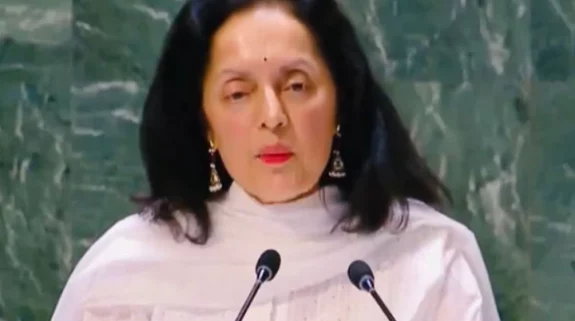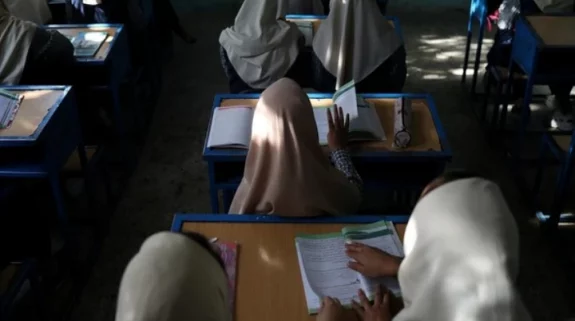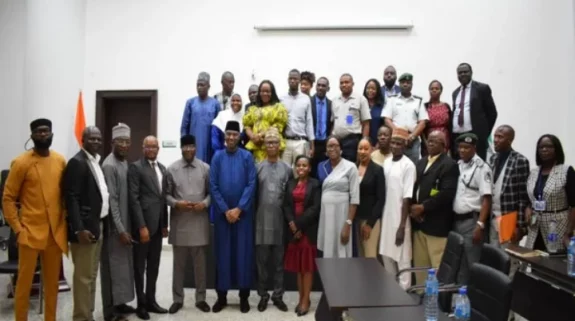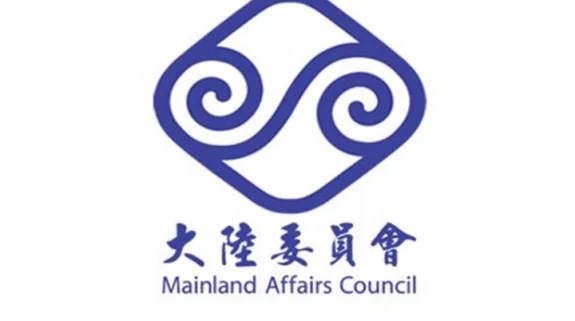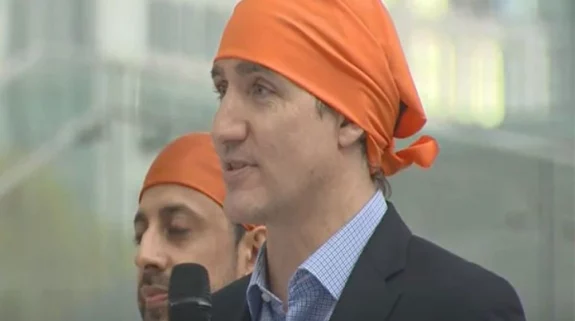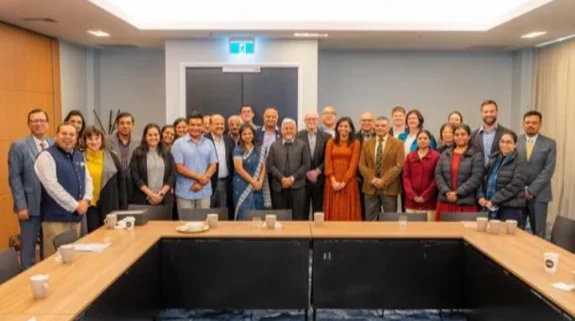The next edition of the Malabar Exercise featuring all the Quad countries – India, Japan, Australia, and USA is scheduled to take place from August 11 to 21 this year in the high seas off Sydney, Australia. The Malabar exercise started in 1992 as a bilateral exercise between the Indian Navy and the US Navy in the Indian Ocean. Japan joined in 2015, followed by Australia in 2020.
#INSSahyadri & #INSKolkata, Mission Deployed in the Eastern IOR, arrived at Port Moresby on 02 Aug 23, for enhancing maritime partnership & cooperation with Papua New Guinea. The port call is aimed at strengthening ties between 🇮🇳 & 🇵🇬 in the maritime domain#BridgesofFriendship pic.twitter.com/5EOuHuYJ3V
— Defence PRO Visakhapatnam (@PRO_Vizag) August 3, 2023
The beginnings of India US joint exercises date back to the 1991 Kicklighter proposals. This was soon after the end of the Cold War between USA and Soviet Union, in which the US perceived India was on the side of the Soviet Union. Lt Gen Claude Kicklighter, then Army Component Commander of the US Pacific Command, now redesignated Indo- Pacific Command, proposed establishing contacts between the Services to promote exchange and explore areas of cooperation.
Recalling the first Malabar Exercise octogenarian veteran Vice Admiral Bimal Guha then Deputy Chief of Naval Staff responsible for operations says, the name ‘Malabar’ came from the area chosen for the exercise which was more for logistics reasons than anything else. It was decided to have the exercise along India’s West Coast, but away from Bombay. And logistically, the Cochin Naval base was the best choice as it had the required infrastructure. So, Cochin was chosen as the base for the exercise and the name derived from its location in the Malabar coast.
Over the years India and the United States have created a wide-ranging strategic partnership, that reflect our common principles, democratic traditions, strategic convergence, and shared national interest that include, maintaining peace and security, supporting rules-based order, protecting free flow of commerce, defeating terrorism and violent extremism, and preventing proliferation of weapons of mass destruction.
The evolution of this security and defence partnership though has been very cautious and deliberate. In 1995, India and the United States signed the agreed minute on defence relations, following which a dialogue at the Defence Secretary level was instituted together with setting up of a Technology Group.
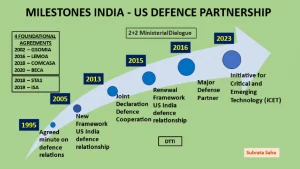
On 11th May 1998 India carried out the Pokhran II nuclear tests. Heat of the nuclear explosions froze the India US relations as US responded with sanctions against India. Exhaustive dialogue between then External Affairs Minister, Jaswant Singh, and US Deputy Secretary of State Strobe Talbott, 18 rounds of talks spanning two years, helped bring about a change in opinion. The sanctions were gradually lifted and in 2000, Prime Minister Atal Bihari Vajpayee received President Bill Clinton in India.
From 2003, India started participating in the US International Military Education and Training (IMET) programme. In 2005, India and the US reflected the continued evolution of the relationship by signing the ‘New Framework for the US India defence relationship’, which started an ambitious course for the future development of the India US partnership. In 2012, the Defence Trade and Technology initiative (DTTI) was started but couldn’t make much headway given the complex bureaucracies and processes in both the countries.
In 2013, the Joint Declaration on Defence Cooperation stated that India and United States share common security interests and place each other at the same level as their closest partners – affirming closer cooperation in defence, including technology transfers, research, co-development, and coproduction, including advanced and sophisticated technology.
In 2015, the ‘Framework for the US India defence relationship – 2005’ was renewed. The renewal built upon the shared understanding and success of the past and charted forward the path for the next 10 years. Through defence dialogue mechanism, military to military interactions and exercises, and increased opportunities in defence, technology collaboration, United States and India expanded the potential of the partnership and bilateral collaboration.
The defence partnership was further elevated with recognition of India as a Major Defense Partner (MDP) of the US on 7th June 2016 by President Barack Obama and Prime Minister Narendra Modi. The MDP status was formally confirmed in December 2016 with endorsement of the US Congress, thus codified by US law.
In September 2018, the 2+2 ministerial dialogue, between the Foreign and Defence Ministers of India and US Secretary of State and Secretary of Defense commenced. The new format of the dialogue on strategic and security issues, is helping to break silos on both sides and institutionalising the bilateral defence relationship.
India and the US have since signed four foundational agreements:
2002 – General Security of Military Information Agreement (GSOMIA) – facilitates sharing military intelligence. Through GSOMIA the two countries guarantee that they would protect classified information or technology that they share. GSOMIA promotes interoperability and provides the foundation for US arms sales to India.
2016 – Logistic Exchange Memorandum of Agreement (LEMOA) enables use of each other’s military bases to carry out repairs and for resupplying. LEMOA provides the framework for sharing military logistics, for example refuelling and replenishment of stores for ships or aircraft transiting through an Indian/US facility.
2018 – Communications and Information Security Memorandum of Agreement (CISMOA); this is an adapted version of Communications Compatibility and Security Agreement (COMCASA). COMCASA enables the US to supply India with its proprietary encrypted communications equipment and systems, allowing secure peacetime and wartime communications between high-level military leaders on both sides. With the signing of CISMOA, India’s aircraft and ships can now operate with US made defence grade communications equipment. Prior to this agreement, India was operating C-17s, C-130s and P-8I’s with commercial equipment.
2020 – Basic Exchange and Cooperation Agreement for Geospatial Intelligence (BECA). The BECA facilitates provision of targeting and navigation information from US systems.
To complement these foundational agreements:
In August 2018, India was added to the Strategic Trade Authorisation-1 (STA-1) list of the US, easing export controls for high-technology.
The Industrial Security Annex (ISA) was signed between India and the US at the second 2+2 dialogue in Washington, allowing U.S. defence companies to partner with the Indian private sector.
India has made defence acquisitions worth approximately US$20 billion from the US since 2008, including Apache attack helicopters, Chinook heavy-lift helicopters, M777 ultra-lightweight artillery, MH-60R Seahawk helicopters, Large Aircraft Infrared Countermeasure. Impact of the agreements on US arms deliveries to India can be clearly seen in the chart below:
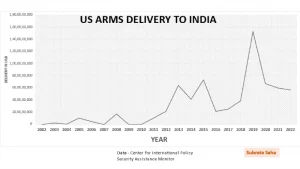
In May 2022, President Biden and Prime Minister Modi announced the U.S.-India initiative on Critical and Emerging Technology (iCET). Following this in Jan 2023, NSA Ajit Doval and his US counterpart Jake Sullivan had their first meeting. The iCET being driven by the two NSAs is enlarging the cooperation beyond defence into domains such as artificial intelligence, quantum technologies, next gen telecommunications, space, high performance computing and semiconductor supply chains.
In Jun 2023, Prime Minister Modi and President Biden affirmed that technology would play the defining role in deepening India-US partnership. Some of the major initiatives announced to give shape to this strategic technology partnership are: –
NASA and ISRO to develop a strategic framework for human spaceflight cooperation by the end of 2023.
NASA to provide advanced training to Indian astronauts at the Johnson Space Centre in Houston, Texas, with a goal of mounting a joint effort to the International Space Station in 2024.
Delivery of the NASA-ISRO Synthetic Aperture Radar (NISAR) satellite to ISRO’s UR Rao Satellite Centre in Bengaluru, and NISAR’s launch from India in 2024.
Signing of the Artemis Accords to enhance commercial collaboration between the US and Indian private sectors in the entire value chain of space economy.
MoU on Semiconductor Supply Chain and Innovation Partnership.
Micron Technology, Inc., to invest up to $825 million to build a new semiconductor assembly and test facility in India with support from the Indian government. The combined investment is valued at $2.75 billion.
Two Joint Task Forces on advanced telecommunications, focused on Open RAN and research and development in 5G/6G technologies.
Establishment of a joint Indo-US Quantum Coordination Mechanism to facilitate collaboration among industry, academia, and government, work towards a comprehensive Quantum Information Science and Technology agreement.
Launch of a $2million grant program under the India-US Science and Technology Endowment fund for the joint development and commercialisation of Artificial Intelligence (AI) and quantum technologies and encourage public-private collaborations to develop high performance computing (HPC) facilities in India.
35 innovative joint research collaborations in emerging technologies funded by the US National Science Foundation (NSF) and the Indian Department of Science and Technology (DST).
Adoption of a Defense Industrial Cooperation Roadmap, which will provide policy direction to defense industries and enable co-production of advanced defense systems and collaborative research, testing, and prototyping of projects.
MoU between General Electric and Hindustan Aeronautics Limited for the manufacture of GE F-414 jet engines in India for the Hindustan Aeronautics Limited Light Combat Aircraft Mk 2.
India’s emergence as a hub for maintenance and repair for forward deployed US Navy assets and the conclusion of Master Ship Repair Agreements with Indian shipyards.
Launch of the India-US Defense Acceleration Ecosystem (INDUS-X). As a network of universities, startups, industry and think tanks, INDUS-X will facilitate joint defense technology innovation, and co-production of advanced defense technology between industries of India and the US.
During the Prime Minister’s visit to USA in Jun 2023, India announced plans to procure the US General Atomics MQ-9B HALE UAVs to enhance ISR capabilities of its armed forces across domains. The MQ-9Bs are to be assembled in India. As part of this plan, General Atomics will also establish a Comprehensive Global MRO facility in India to support India’s long-term goals to boost indigenous defense capabilities.
Speaking to the Joint Session of the US Congress on 23 Jun 2023, Prime Minister Narendra Modi said, “We share a vision of a free, open, and inclusive Indo Pacific, connected by secure seas, defined by international law, free from domination, and anchored in ASEAN centrality. A region where all nations, small and large, are free and fearless in their choices, where progress is not suffocated by impossible burdens of debt, where connectivity is not leveraged for strategic purposes, where all nations are lifted by the high tide of shared prosperity.”
At the Quad Leaders’ Summit on 24 September 2021, President Joe Biden said, “The future of each of our Nations—and indeed the World—depends on a free and open Indo-Pacific enduring and flourishing in the decades ahead.”
The convergence of strategic interests between India and the US in the Indo Pacific are due to the increasing challenges that the region faces from the People’s Republic of China (PRC).
As the US strategy for the Indo Pacific, succinctly puts it, the PRC is combining its economic, diplomatic, military, and technological might as it pursues a sphere of influence in the Indo-Pacific and seeks to become the world’s most influential power. In the process, the PRC is also undermining human rights and international law, including freedom of navigation, as well as other principles that have brought stability and prosperity to the Indo-Pacific. PRC’s coercion and aggression spans the globe, but it is most acute in the Indo-Pacific. From the economic coercion of Australia to the conflict along the Line of Actual Control with India to the growing pressure on Taiwan and bullying of neighbors in the East and South China Seas.
Defence and security cooperation has thus become the key component of the bilateral relationship between India and the United States. US Secretary of Defense Lloyd Austin thus underscored in all his engagements in India in Jun 2023, the “centrality of the US-India partnership to maintaining peace and security in the Indo-Pacific region.”
The India US defence relationship beginning with Exercise Malabar has not only deepened and enlarged but is now developing into a strategic technology partnership. A partnership that requires firm commitment and total trust between the countries. Strategic ambivalence or keeping multiple options open are no longer going to be easy as technology providers will not risk exposure to adversarial countries. Strategic autonomy may allow room for balancing, but swings from west to east and vice versa shall have to be curtailed.
The fact that the partnership is being driven by the NSAs on both sides clearly shows widening of the scope and essential linkage with national security, besides the top down push for navigating the labyrinth of bureaucracies and processes on both sides.
For India to bridge its capacity-capability gap in the armed forces, defence industry, space, and the emerging technologies it must leverage the growing strategic convergence. The strengthening government to government (G2G) relations, must unleash the potential for much stronger B2B – industry to industry partnership. Creating the right environment for private sector investment from both sides in co-production and co-development and skill development is essential.
The spirit of cooperation and interoperability that has been fostered over the years through Exercise Malabar and the many other bilateral and multilateral exercises that India carries out with the US must transcend and influence the technology and industrial partnerships also.
Also Read: Eye on China, Australia hosts Quad maritime exercise Malabar for first time
(An alumni of the US Army War College, the author is former Deputy Chief of Army Staff and Member, National Security Advisory Board. Views expressed are personal and exclusive to India Narrative)






